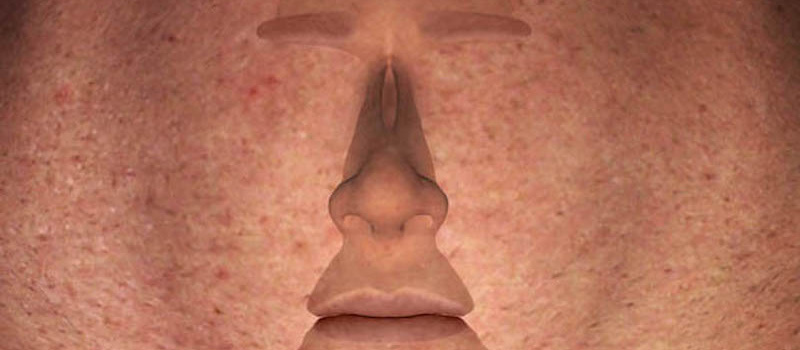
The term “stem cell research” has stirred up a great deal of controversy in recent years and this controversy is something that can be easily misunderstood. There are two major types of stem cells, embryonic and adult, and it is only embryonic stem cell research that requires the destruction of human embryos. Many people—including President Bush—object to such destruction on religious grounds. They hold that an embryo is, in essence, a human being and that destroying it for research purposes is tantamount to murder. No such objections are raised against adult stem cell research because this involves only the destruction of a few cells of living human beings. Given that many scientists see an enormous medical potential in stem cell research, work with adult stem cells is proceeding all over the world and this research is beginning to yield practical medical applications.
One interesting demonstration of the medical potential of adult stem cell research recently occurred in Finland. A man whose upper jaw had been removed because it contained a tumor and who could not eat or speak without using a prosthetic device, was given a new upper jaw, the bone of which had been grown in his own abdomen. There is a type of stem cell—called “mesenchymal”—that has the property of being able to produce a variety of things useful to the body; these include not only bone, but also muscle, cartilage skin, marrow, fat, tendons, and blood vessels. It is commonly found in fat. These stem cells were harvested from the man and placed in his abdomen. After nine months enough bone to make the jaw had been produced. So it was removed from the man’s abdomen and fashioned into a new upper jaw. And, by means of microsurgery, this was successfully transplanted in the man’s head.
Interestingly, at the site in the abdomen where the bone was produced, researchers also found other things the mesenchymal cell had produced including blood vessels. This procedure—as bizarre as it might seem—had advantages over two possible alternatives. One of these would have been to take some bone from the man’s leg and use it as the material out of which to make the jaw; this, however, would have resulted in a slower recovery. The other alternative would have been to use materials taken from animals, but this would have carried a risk of viral infection.
The procedure that was used in Finland is an instance of one—one of many—potential uses of stem cells. They offer the ability to grow tissues on demand, tissues which have the same DNA as the person from whom they are harvested. Because these tissues have the same DNA, utilizing them in the body of the human being from which they come does not cause that person’s immune system to reject them, a problem frequently encountered when transplants are made between two persons. Because stem cells can be manipulated so as to produce many different kinds of tissues, it is hoped that they may eventually be used in cases like that of the late Christopher Reeve, cases where paralysis is incurable because, at the present time, there is no way to replace damaged nerve cells.
A brief word should be said about what stem cells are and why they have the properties that they have. Whereas many of the functional and structural cells of the body--let’s call them “useful” cells—such as blood cells, muscle cells and nerve cells do not replicate themselves, stem cells can replicate themselves many times. Stem cells themselves perform none of the work of the body and they do not form the structures of the body. But they replicate in such a way that they produce the useful cells. They do so in a curious way, dividing into two daughter cells, one of which is another stem cell, but the other of which is a cell that is useful. Some stem cells, like the mesenchymal stem cells, can produce many different types of useful cells. Stem cells such as these are said to be “pluripotent”. Stem cells that produce only one useful cell are said to be “unipotent”. Embryonic stem cells, stem cells which can produce all of the useful cells of the body are said to be “totipotent”. It is that aspect of embryonic stem cells that makes them especially attractive to researchers.
The procedure recently performed in Finland offers us two insights into stem cell research. The first of these is that stem cell research is not an issue that is always controversial or, at least, not controversial with respect to the religious issue involving the sacredness of human life. Adult stem cell research doesn’t involve the destruction of embryos. Second, stem cell research is already yielding benefits and it is to be expected that this is just beginning.